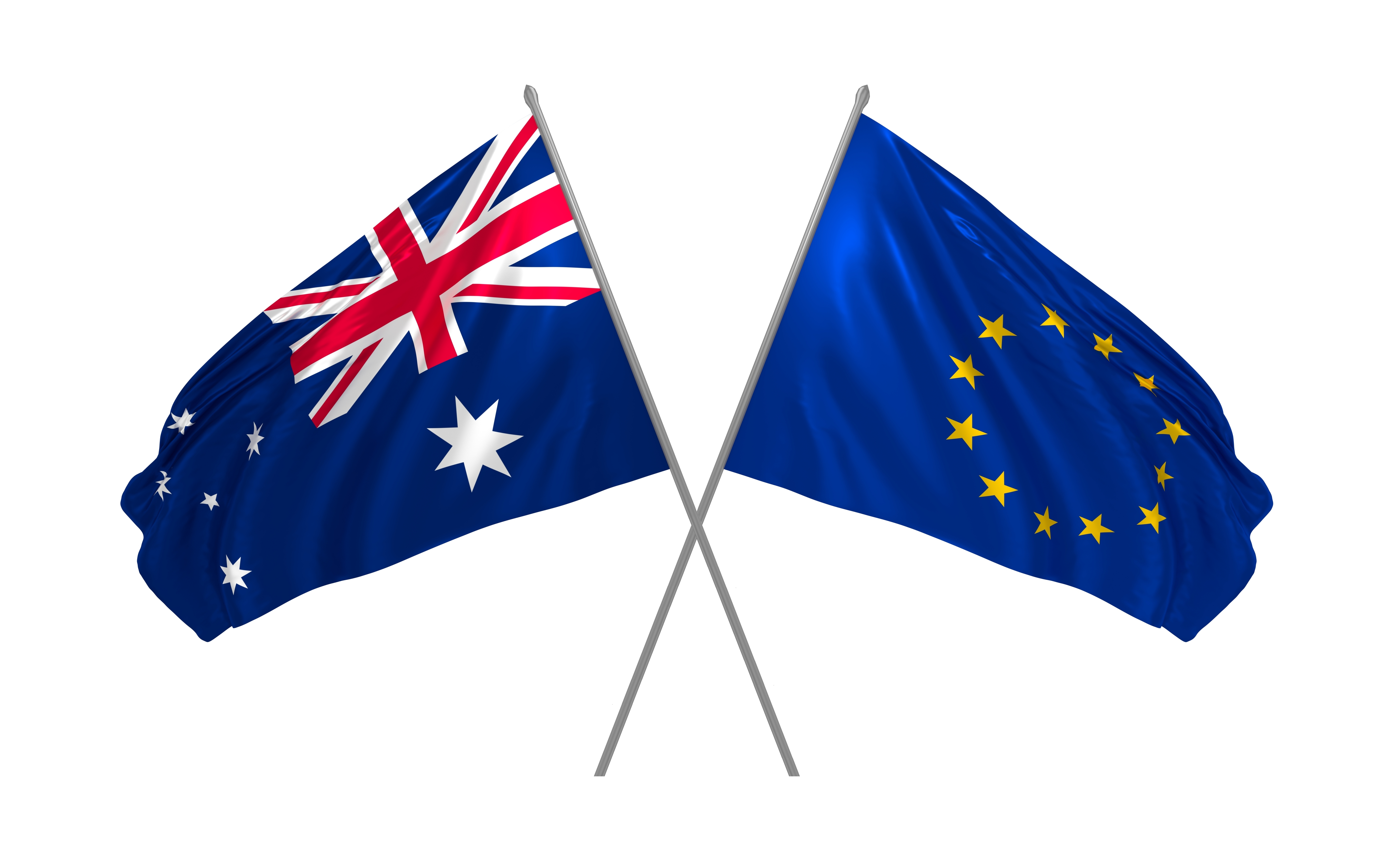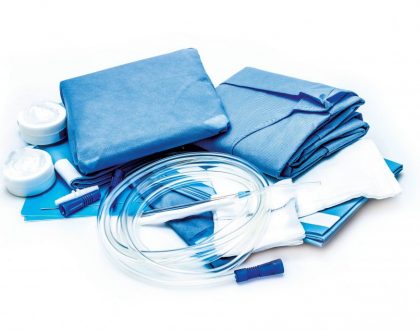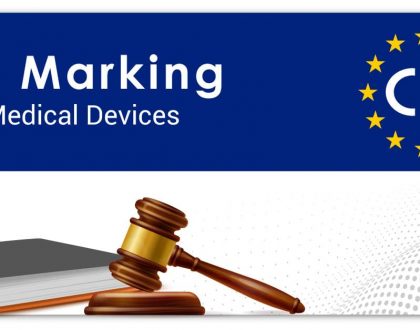The CE Mark matters in medical markets

by Kea Dent
Selling any product into the European market can be simplified if a manufacturer can show that it complies with appropriate regulations. For medical device manufacturers, this compliance is vital. Regulatory strategy planning is a critical step in the development and marketing of any medical device so it is important to understand the regulatory requirements of target markets, which can be quite different from country to country.
It is equally important to have a clear understanding of the intended use, indications and claims for a device as these influence how to classify or categorise the device into a specific group where particular regulatory standards apply.
Helping de-mystify the complexity of regulatory compliance, KD&A provides an expert consulting service to medical device and in-vitro diagnostics (IVD) manufacturers that sell into Australian and international markets.
For companies selling into Europe, the CE Mark demonstrates conformity with the European harmonisation legislation. The letters ‘CE’ appear on many products traded in the European Economic Area. They signify that the products sold in the EU have been assessed to meet high safety, health and environmental protection requirements.
For a medical device, CE marking confirms that the device manufacturer has independently demonstrated compliance with the applicable Directive. These are the current Directives for medical devices, Medical Device Directive 93/42/EEC, Active Implantable Medical Devices 90/385/EEC and the In Vitro Diagnostic Medical Devices 98/79/EC.
Mutual Recognition Agreements (MRAs) promote the trade in goods between the European Union and another country in order to facilitate market access. MRAs are bilateral agreements, and aim to benefit industry by providing easier access to conformity assessment. Organisations that require and have undertaken a conformity assessment process in one of the regions can use this certification in the other region as evidence of conformity without having to go through another certification process from scratch.
An Australian manufacturer can choose the most appropriate regulatory route for its products.
Australian conformity assessments are carried out by the Therapeutic Goods Administration (TGA).
Under the appropriate MRA, device certification by the TGA can be used as evidence of conformity to enable CE marking and vice versa. Manufacturers of CE Marked devices can use their certificate as evidence of conformity to register their device in the Australian Register of Therapeutic Goods (ARTG).
At KD&A we work closely with clients to provide a regulatory strategy that is line with your company’s goals. A tailored Regulatory Strategy Report by KD&A is a road map to market. The report identifies applicable target market regulatory requirements, and maps out the steps to meet requirements in preparation for market launch. Some requirements will feed into development and testing processes, and therefore must be part of early planning to avoid delays and additional cost. Please don’t hesitate to contact us for a confidential discussion about your specific requirements.
KD&A’s Associate, Bibiana Franco, recently delivered an informative presentation about CE Marking for the Business Education Program at their Educative session on how to engage with the European Market in Adelaide hosted by the South Australian Government.
For further information, please visit the web site:
www.kdas.com.au
Recommended Posts

January 2024 Updated Guidance – System or Procedure Packs
February 28, 2024

Guidance on the vigilance system for CE-marked devices and the Device Specific Vigilance Guidance (DSVG) Template
February 19, 2024

TGA Fees and Charges Proposal 2024-25
February 1, 2024
